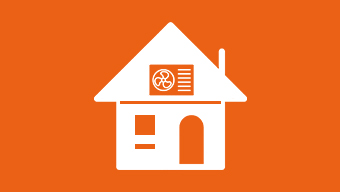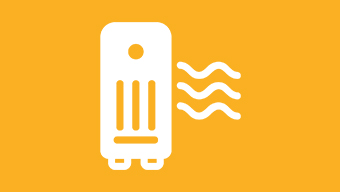Decentralized residential ventilation
Axial fans, centrifugal fans, blowers and the like – our solutions ensure controlled residential ventilation.
> Industries > Ventilation technology > Decentralized residential ventilation
Solutions for decentralized ventilation systems
In Germany, buildings account for approximately 35 percent of total energy consumption and contribute around 120 million metric tons of CO2 emissions annually. To meet the climate protection targets by 2030 and reduce reliance on energy imports, these emissions need to be reduced by over 40 percent.
Decentralized ventilation systems are essential in achieving this goal by facilitating healthy and energy-efficient air exchange. These systems are particularly advantageous for existing buildings due to their simple installation process. Fans are integrated into the building envelope to remove stale or humid air, and either operate in reverse mode or a secondary fan supplies fresh air from outside. Additional components, such as heat recovery systems and air filters, further enhance energy savings and air quality.
At Longwell, we produce the core components of these systems, providing the appropriate fan units. We continually set new industry standards, especially in terms of extending product lifespan, reducing energy consumption, minimizing noise emissions, and utilizing advanced integrated electronics. Below are some examples of applications for Longwell fans in decentralized residential ventilation:
Would you like to find out more about our solutions
for Decentralized residential ventilation?
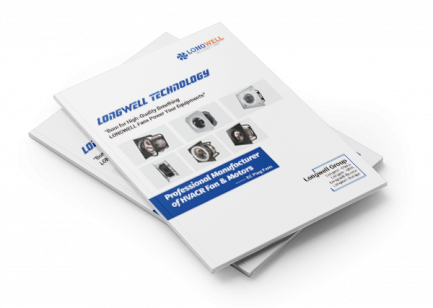
×
Please leave your email so that we can communicate with you further
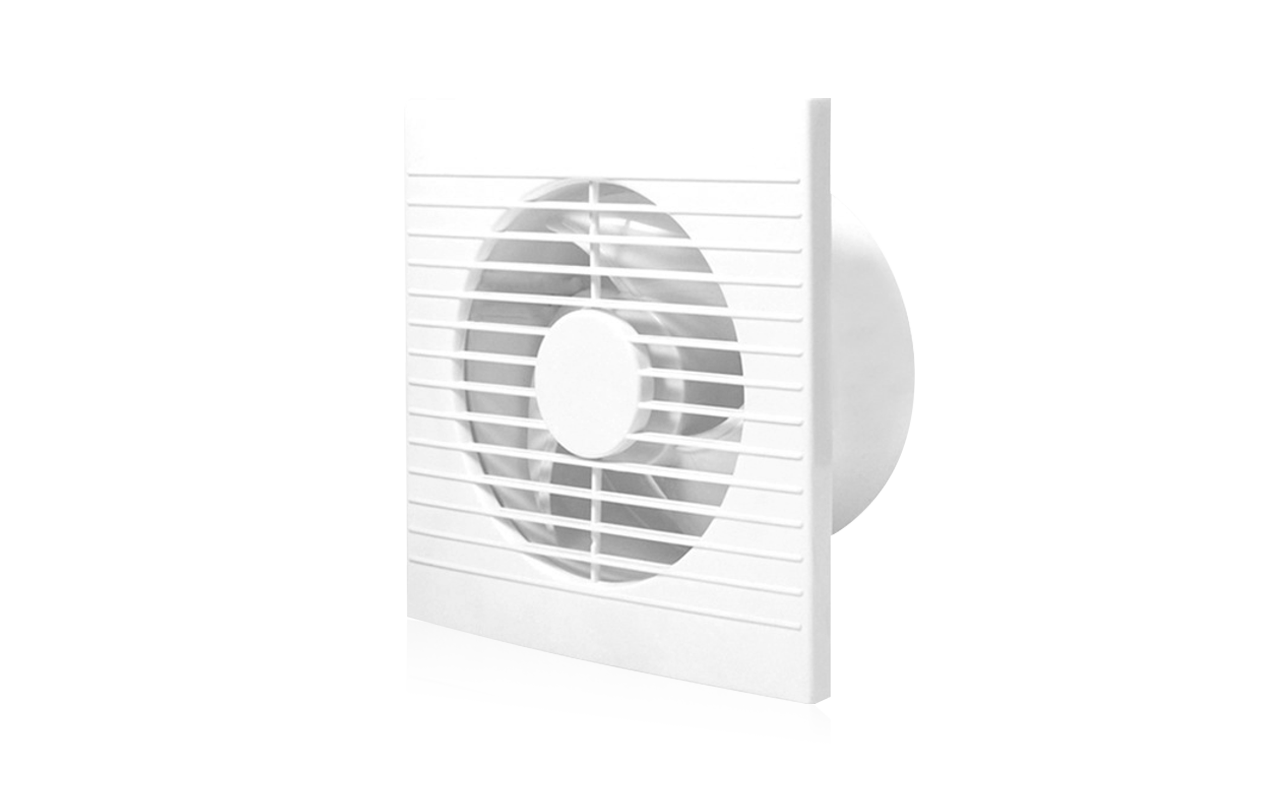
Fans in ventilation technology
A decentralized ventilation unit or ventilation units with heat recovery can be installed in specific rooms and controlled individually. An optimum flow of air is ensured by powerful compact fans, which are available in axial, centrifugal and diagonal versions, for example reversible axial compact fans and particularly low-noise centrifugal fans
Ventilation unit with heat recovery
This setup is usually placed in equipment rooms, often in the basement or under the roof, allowing the ventilation system to integrate seamlessly with the existing heating and water treatment systems. One centrifugal fan directs supply air, while another handles exhaust air through a heat exchanger, preheating cold outside air with warm exhaust air. Consequently, intake air reaches rooms at a pleasant temperature. This design enhances energy efficiency, reduces heating costs, and maintains a quieter indoor environment, contributing to overall comfort and sustainability.
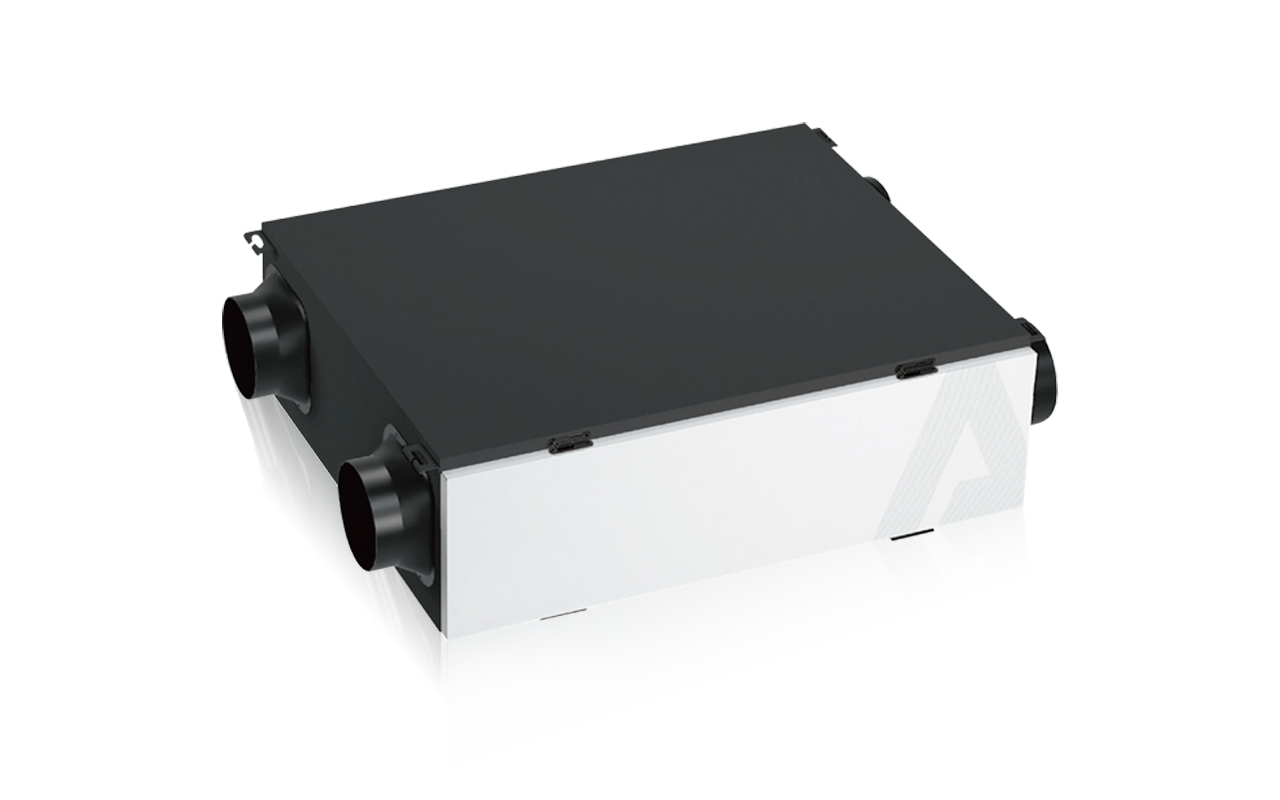
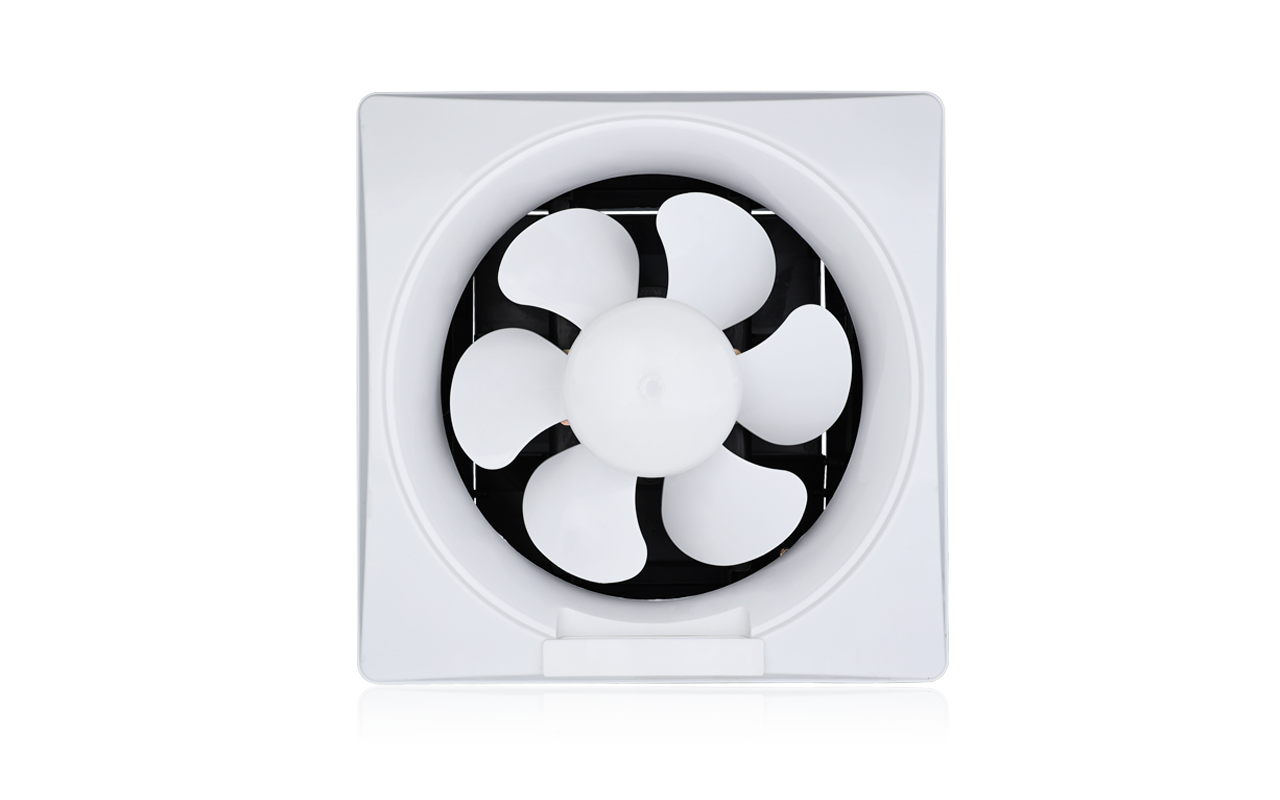
Wet room ventilation
An exhaust air system is absolutely essential for wet rooms with no windows, such as bathrooms and toilets. Small room and sanitary fans are ideal for this purpose. They have to deliver high performance in the smallest of spaces, while being as quiet as possible and with moisture protection.
Underfloor convector
This application is often used in large window areas, where installation in the facade is not a possibility, in order to avoid nuisance from cold air and to ensure optimal living comfort.
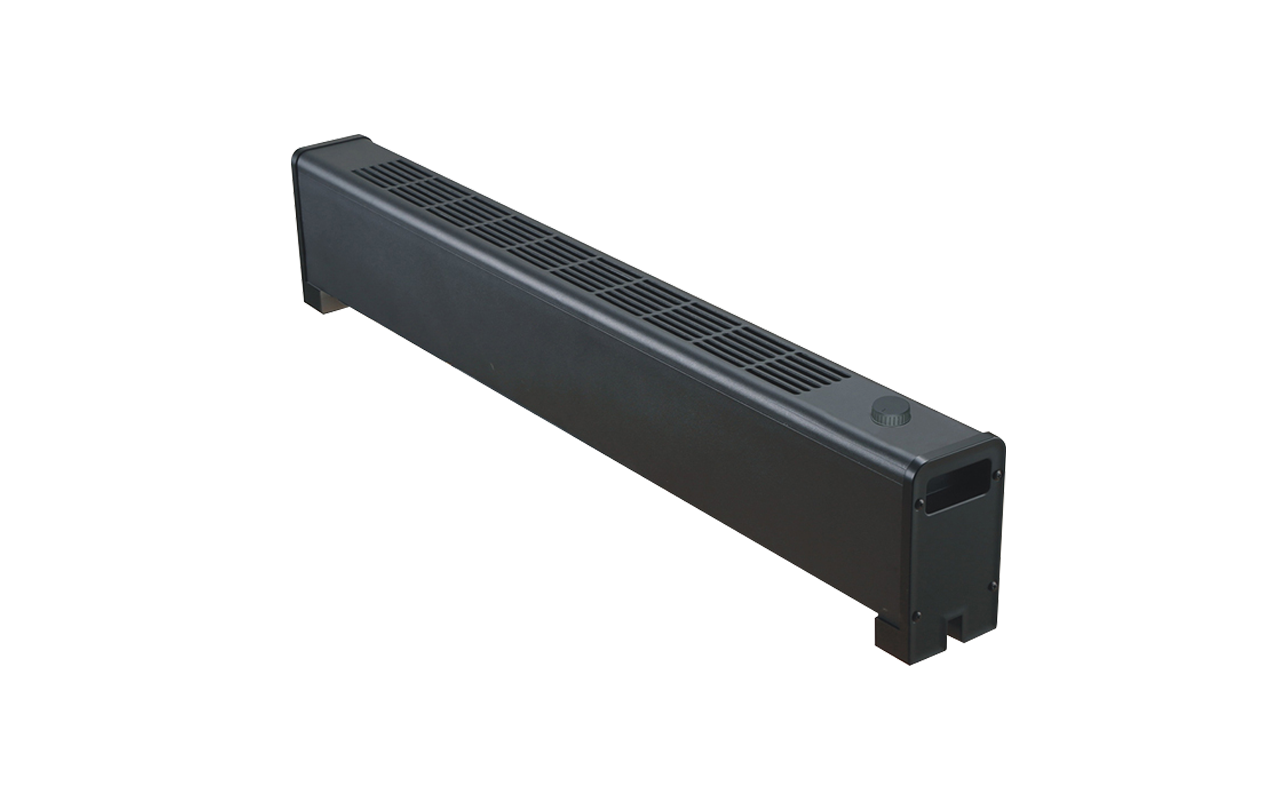
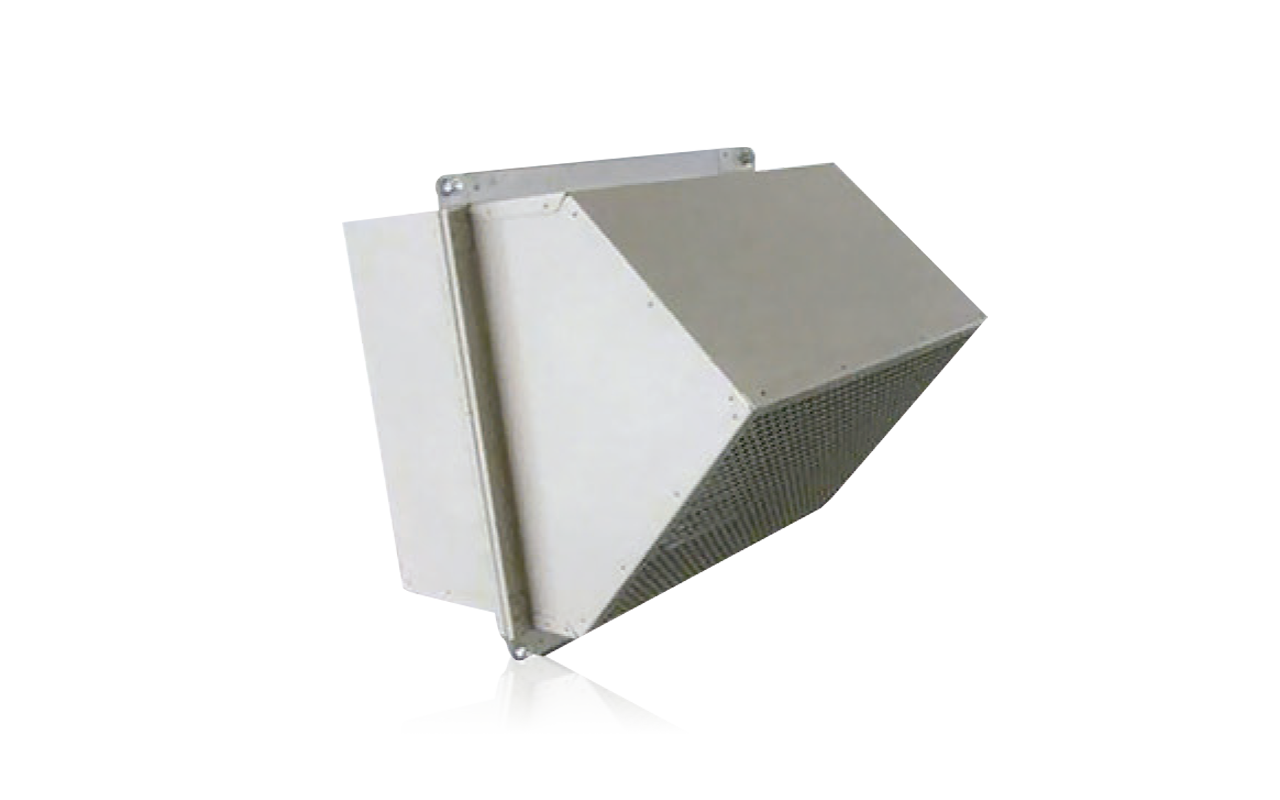
Soffit ventilation & facade ventilation
Whether for a modern new building or a listed old building, the ventilation system can be discreetly integrated into the building envelope. The number of wall openings required is very low because up to four additional rooms can be supplied with fresh air using one ventilation device. For a fluid facade appearance, the ventilation openings can also be integrated into the window soffit
Window sill ventilation with heat recovery
A window sill ventilation system is a reliable way to remove unwanted condensation from vinyl windows, preventing mold growth. Air circulation can be improved in a simple and cost-effective way by installing simple additional ventilation grilles in the window sill without affecting the appearance of the facade. This measure is therefore particularly suitable for renovations.
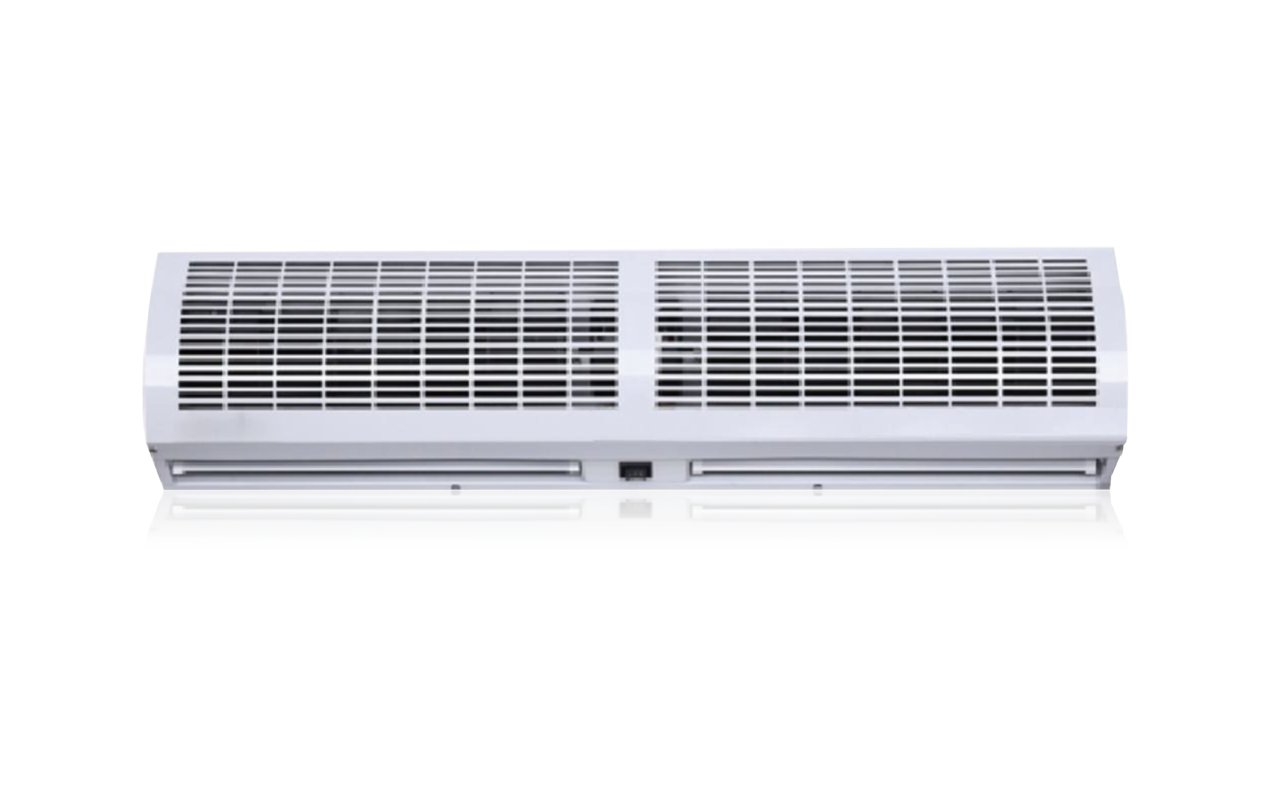
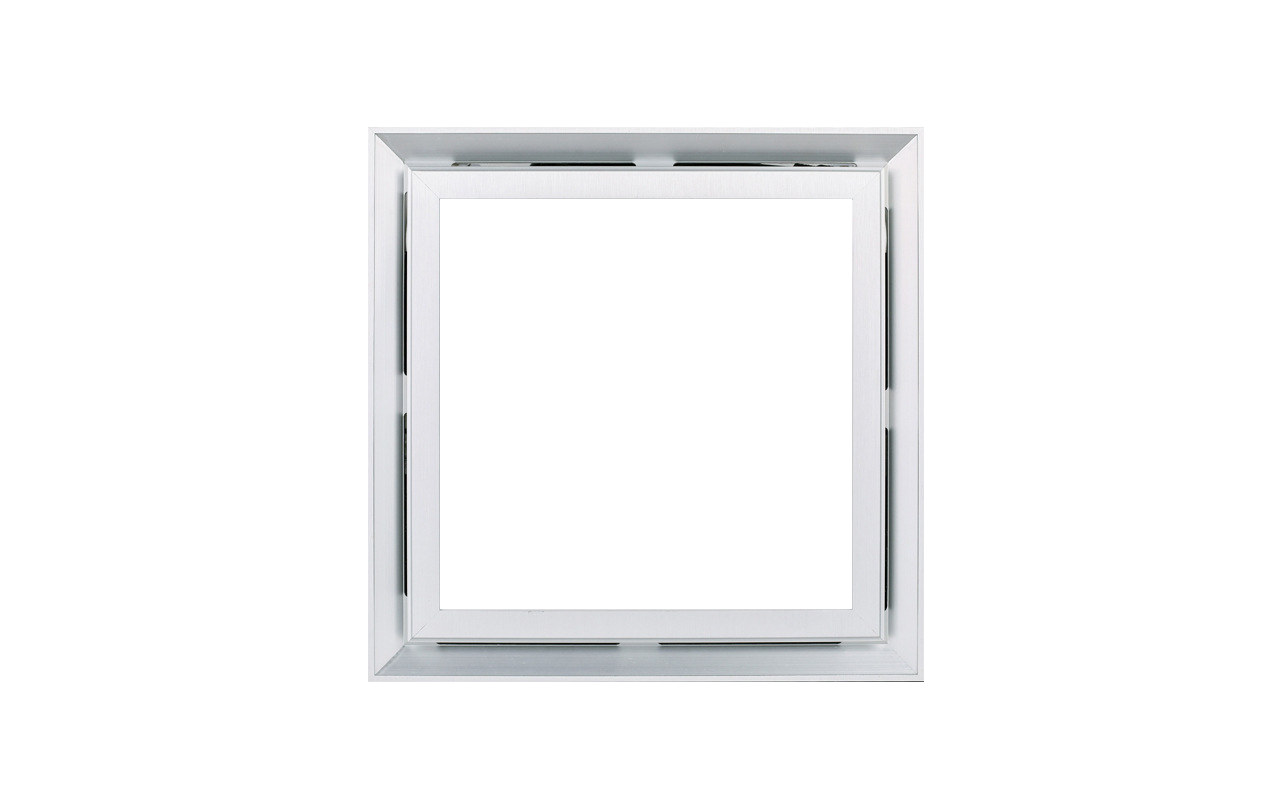
Window fan
The small ventilation system with heat recovery in the window frame provides a supply of fresh and warm air without having to open the window. Pairs of fans for supply and exhaust air are integrated into the window frame.
